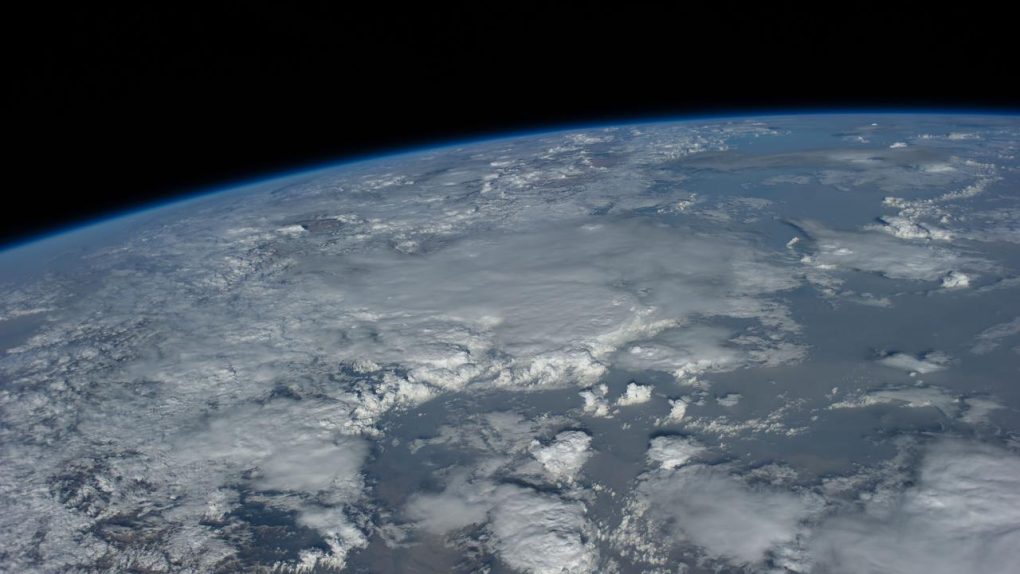- CERN wants to build a new particle accelerator that is four times larger than the already massive Large Hadron Collider.
- The project, called the Future Circular Collider, will cost in the neighborhood of $23 billion.
- The collider will be built in two phases, with the second not being completed until nearly 2100.
When CERN, the European Organization for Nuclear Research, built the Large Hadron Collider it was a monumental undertaking. The super-collider was unlike anything that had ever been built for the purpose of scientific research into particle physics. Now, over a decade since the atom-smasher began searching for particles that existed only in theory, CERN is ready for a major upgrade.
The Future Circular Collider, which CERN just greenlit, makes the LHC look like a baby. The LHC, which is the largest particle accelerator on the planet right now, has a circumference of 17 miles. That’s huge, but it’s completely dwarfed by the 62-mile circumference of the Future Circular Collider. Oh, and it costs a great deal more, too.
The Large Hadron Collider was a huge investment. It cost nearly $5 billion to build (that’s billion with a “b”), and took the better part of a decade to build. Construction was approved in 1994 but didn’t begin until the early 2000s. The first tests didn’t fire up until 2008, and there were several delays along the way.
The Future Circular Collider, on the other hand, will cost an estimated $23 billion to construct, and as it’s roughly four times as large as the LHC, there’s no telling how long it might take to build, especially when factoring in possible delays and setbacks. There’s a lot standing between CERN and the Future Circular Collider, but there’s one factor that will be more important than anything: money.
Things like design and location will eventually need to be sorted out, but none of that can really be considered until CERN knows there’s enough cash on hand to make it all happen. As with the Large Hadron Collider, CERN is planning on the FCC being constructed in two stages. The first stage will include the construction of a super-collider that can generate large numbers of Higgs bosons for study, while the second stage would see the complete dismantling of the first stage and then the building of a higher-powered super-collider in its place. That second phase wouldn’t take place until much closer to the year 2100.
As Nature reports, the project might just be a little too ambitious, at least for right now.
The costly plan has detractors — even in the physics community. Sabine Hossenfelder, a theoretical physicist at the Frankfurt Institute for Advanced Studies in Germany, has emerged as a critic of pursuing ever higher energies when the scientific payback — apart from measuring the properties of known particles — is far from guaranteed. “I still think it’s not a good idea,” Hossenfelder says. “We’re talking about tens of billions. I just think there is not enough scientific potential in doing that kind of study right now.”
The good news is that the particles aren’t going anywhere, and whenever CERN can generate the funds to begin tackling the project in earnest, it could unlock some tantalizing secrets about the nature of physics and the fabric of our reality.








